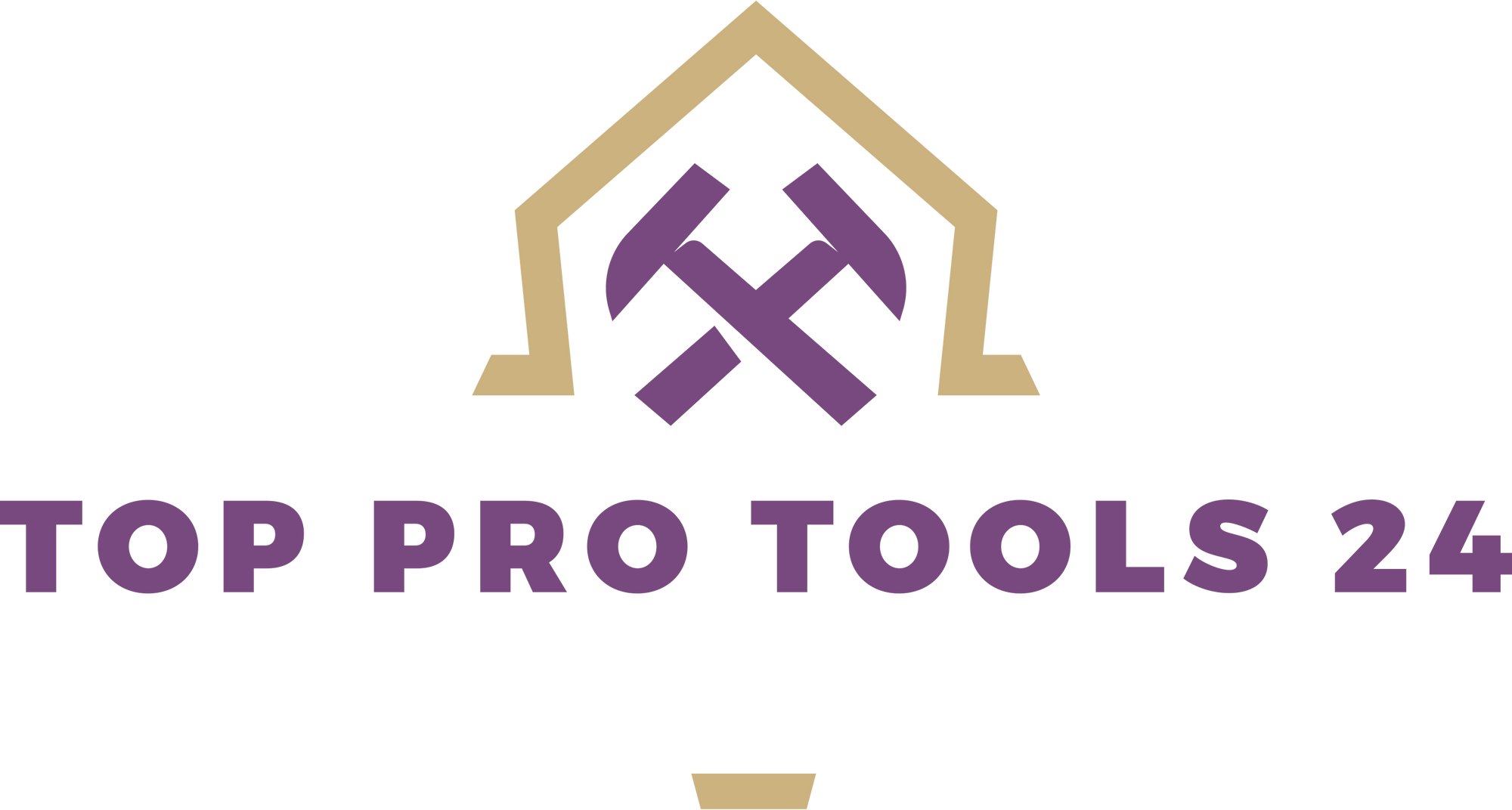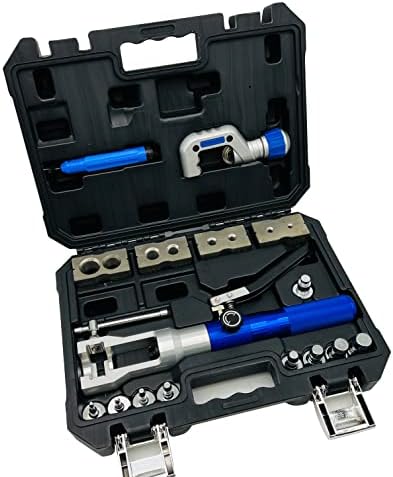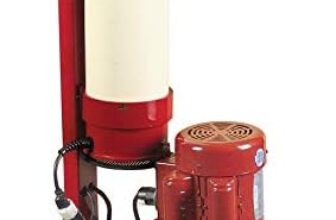
This post may contain affiliate links which means I may receive a commission for purchases made through links. Learn more on my Private Policy page.
Introduction to Different Types of Sanders
Sanders are a versatile tool in the world of woodworking. With a variety of different types to choose from ranging from a belt sander to an orbital sander, each one has its unique application for a particular task. With four different types of sanders on our bench today: a belt sander and three orbital sanders, we aim to give you a detailed breakdown of their functions, usage, and safety precautions.
Understanding the Function of a Belt Sander
To start off, let’s focus on the belt sander. It comes with a continual, seamless belt that runs around its entirety, providing a rough finish. The grit on the sander is designed to run with the grain of your work material. Avoid running it across the grain as this can damage your workpiece due to the aggressive and powerful nature of the sander. It is designed to remove a lot of material very quickly, so be gentle and use it as a starting point, leaving the process of finishing to the orbital sanders.
When using the belt sander, ensure it is held firmly and keep an eye on the belt. Over time it may start tracking off left and right, in which case, use the little adjustment on the side to ensure it’s back in the center position.
Belt Sander Safety
Before getting started with the belt sander, it’s vital to ensure your safety. As some of these sanders can get quite noisy, always use safety glasses, a mask and earplugs. And make sure that your timber is clamped tightly onto the table so that it doesn’t run off when the sander is turned off.
Exploring the Orbital Sanders
We have three types of orbital sanders: the standard orbital sander, the random orbital sander and the mouse sander. The standard orbital sander vibrates back and forth in a small orbit and is used for fine work, not for taking large amounts of wood off like a belt sander.
The random orbital sander operates similarly to the standard orbital sander, but it also has a twisting motion that helps to mitigate minor scratch marks, leading to a polished surface. The mouse sander also known as detail sander is designed for harder-to-reach areas. It is the best for corner portions where bigger sanders would not reach.
Redefining Surfaces with Orbital Sanders
Now let’s move forward with how these orbital sanders redefine surfaces. As you start with the standard orbital sander, it leaves a neat, smooth finish due to its fine and precise movements. Once satisfied, you can transition to the random orbital sander which handles any small scratches that might have been made by the standard sander.
A key feature of these sanders is their built-in filter system which sucks dust through holes into the filter system. Replacing the worn-out sanding pads is also highly straightforward due to the velcro attachment and filter system.
How To Change The Belt On A Sander
When it comes to maintenance, changing the belt on the sander is an essential skill. You begin by opening up the belt section, but make sure your sander is unplugged before you do this. Then you plug it back in once you’re done to avoid any safety hazards.
Understanding Sandpaper Grits
Understanding sandpaper grits and their functions provide you with the flexibility to use the belt sander for various applications. For instance, a coarse grit is ideal for removing paint and shaping wood, medium grits are useful before repainting, fine ones before applying a coat of varnish, and extra fine for achieving an ultra-smooth finish.
Safety Precautions
Being powerful tools, Sanders are not toys and can be quite dangerous if mishandled. Always remember to wear all the right safety gear and equipment. If unsure about anything, seek help from a knowledgeable source like local builders.
In conclusion, each sander has its unique features, benefits, and safety precautions to observe. It’s crucial to understand how each works, its specific application, and how best to maintain them to extend their longevity.
This post may contain affiliate links which means I may receive a commission for purchases made through links. Learn more on my Private Policy page.







Brilliant vid thanks